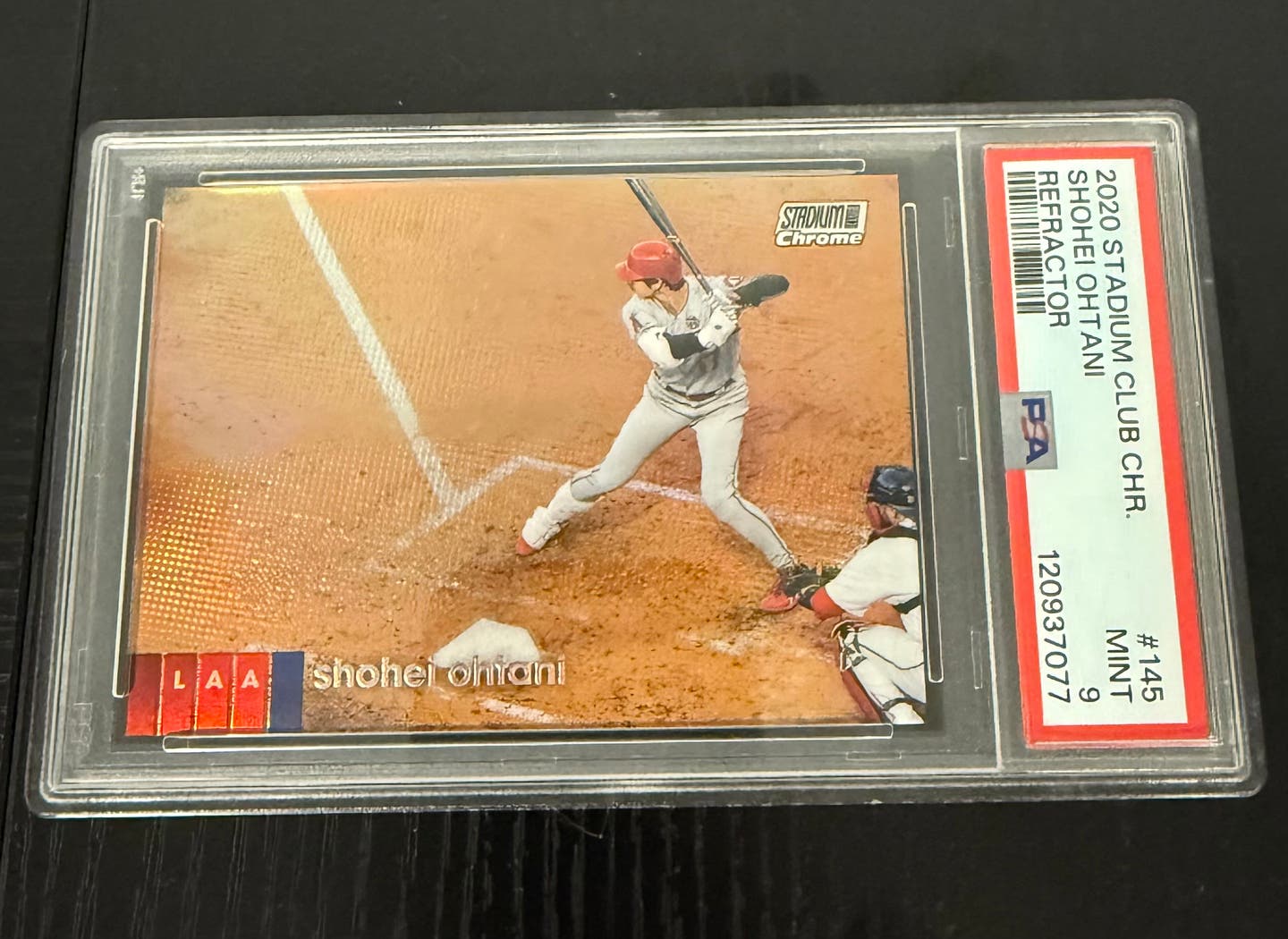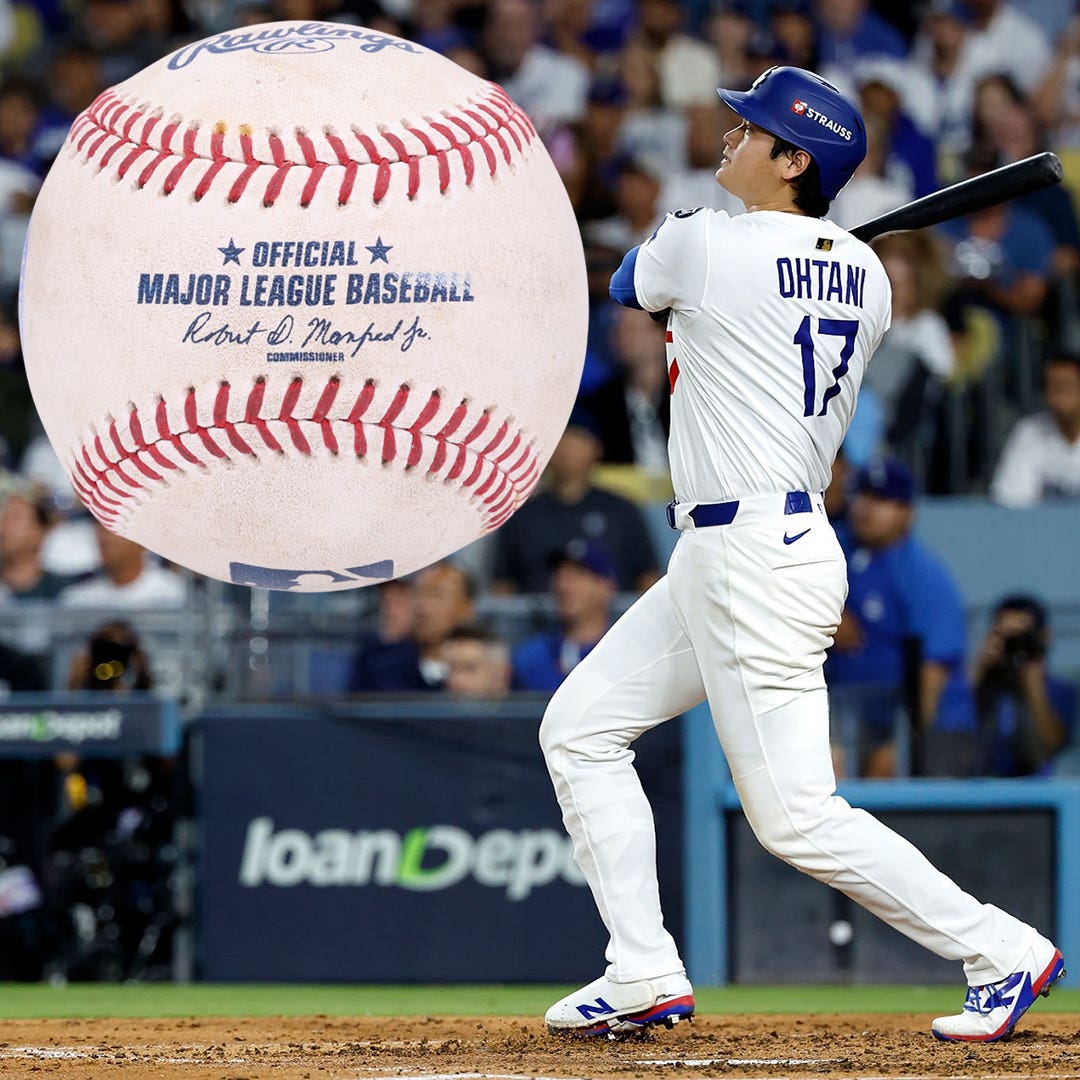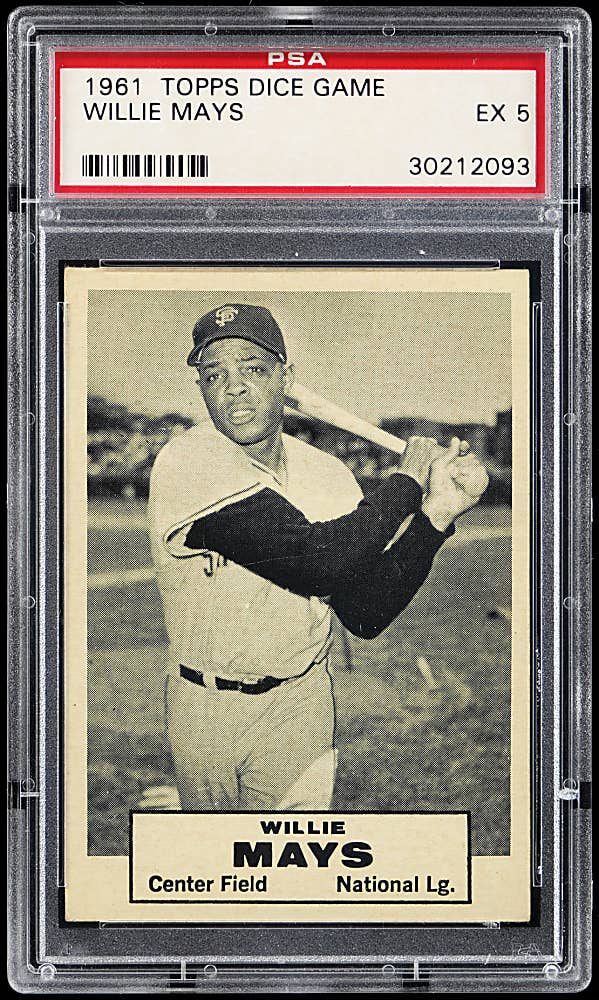Collecting 101
Collectors eye alternatives: That’s the ticket
It used to be that tickets only carried any value before a sports event. Once it was over, a torn ticket might be an interesting memento to the person who went to the game, set, match or bout, but not really to anyone else, except, perhaps, to that person’s heirs, who might find a ticket an interesting piece of family history.
Now, however, tickets are another item heating up in the sports memorabilia hobby. The factors behind this surge aren’t yet crystal clear, but we can make some well-educated guesses:
First, as in many other collecting categories, PSA grading is helping generate enthusiasm. A few years ago, the company launched a ticket-authentication and grading service that cuts through the fakes and reprints of popularitems such as Super Bowl tickets floating around.
As it’s done for cards and other sports memorabilia, PSA’s nonpareil marketing team also created a set registry for ticket collectors, fueling the competitive element among top collectors, too. PSA sets up registries for the Cotton Bowl, Rose Bowl and Super Bowl tickets in football, as well as baseball milestone games and even Olympic hockey.
Second, the Super Bowl ticket set draws attention to the category. It’s America’s game, it’s a great souvenir, and it doesn’t go back to the time of Honus Wagner, from which collectibles are incredibly scarce. New, colorful, widely available tickets get the novices hooked, and the continuity of the design back to the first Super Bowl in 1967 has inspired thousands of set builders to make an entree into ticket collecting.
Third, and here’s the educated guess part, new technology makes getting started with new, full tickets fairly affordable. With new printing technology, teams and sports venues can create beautiful, ticket-sized works of art that contain bar codes, so it’s never torn. Full tickets or used tickets are the same size.
Once a beginning collectors start chasing less common, older tickets, they must settle for stubs until they can afford full, unused and untorn tickets.
Full tickets can cost a mint if you’re talking about a major sports event such as a Rocky Marciano championship fight, a century-old World Series game or Super Bowl I.
“It’s a textbook case of supply and demand. Full tickets are worth much more simply because there are fewer of them, especially for games of significance such as the World Series, Super Bowl and All-Star games,” says Dean Macchi, president of That’s My Ticket of Holliston, Mass. (thatsmyticket.com), which creates framed photo memorabilia around game tickets. “The more popular the game, the fewer full tickets exist and the higher the price to purchase.”
With all of sports history to draw from, what kind of tickets do collectors focus on? All-star contests, championships, and key matches like Ali-Frazier bouts.
Dealer Dennis Jose of Chicago Tix (chicagotix.com) also said that collectors build sets around milestone games. One example might be a Nolan Ryan collector acquiring a ticket from each no-hitter Ryan threw.
Other baseball milestones might include when a player hit for the cycle, knocked out his 3,000th hit, won a 300th game, set individual game records, and of course for a player like Barry Bonds, the games in which he hit homers to pass Willie Mays, career homers number 600 and 700, or in the future, the tickets from the games in which he passes Babe Ruth and Hank Aaron, if they ever come to pass.
Perhaps the most famous ticket auction was Barry Halper’s 1903 World Series full ticket that brought $23,000 at a Sotheby’s auction in September of 1999, or possibly his complete 1903-98 Series run for $140,000 in the same sale. Those probably represent the top end of what tickets can be worth to bidders. The top recent eBay sale highlights as well as since the beginning of last year from the live auction circuit were:
- $9,183: Full ticket from Babe Ruth’s last appearance at Yankee Stadium (Lelands.com)
- $7,679: 1930-60 World Series ticket collection (Lelands.com)
- $4,182: 1972 Pirates Roberto Clemente 3,000th hit and last game stub (Heritage Sports Collectibles)
- $1,302: 1905 Stanford-Cal ticket and program (eBay)
- $1,015: 1951 Giants-Yankees World Series stub and program (Heritage Sports Collectibles)
- $927: Super Bowl I pair of ticket stubs and program (eBay)
- $932: 1941 Kentucky Derby ticket and program (MastroNet)
- $956: 1966 Ali-London fight full ticket (Heritage Sports Collectibles)
- $898: 1928 World Series ticket stub (eBay)
- $861: 1951 World Series, pair of full tickets (eBay)
- $810: Stub from 1930’s first World Cup soccer championship (eBay)
Establishing prices for graded tickets can be a moving target, as collectors are just now figuring out what they are willing to pay for a ticket in mint or gem mint condition. One auction sticks out, however, pointing to a market that’s taking off: On Sept. 14, 2004, a bidder in the Heritage Sports Collectibles Signature auction forked over $382 for a PSA 9 full ticket from the 1996 Super Bowl, big bucks for such a recent piece.
These represent the cream of the crop, however. According to Jose, interesting tickets are available at any price point because everyone’s interested in different teams from different eras for personal reasons. He also points out that, while for many decades baseball cards were designed for kids, the tickets were designed for adults to consume.
That makes them appealing to collectors today.
“A ticket stub from a game is an integral part of the game itself, in a sense,” said Jose, who likens ticket stubs to game-used memorabilia more than baseball cards because they’re connected to the events themselves. “A lot of folks use tickets as a time machine to go back to times in their lives when they were kids, or when they were relatively carefree.”
Jose is one of the experts PSA uses in its ticket authentication program. He said the grading service helps collectors sort through the thousands upon thousands of fake tickets floating around in the market.
For example, the NFL is notorious for printing souvenir tickets for Super Bowl seats that don’t exist, and authorizing souvenir reprints by advertising sponsors and other licensees which can be confusing to collectors looking for the real McCoy.
“For each Super Bowl, the league authorized the printing of thousands of additional tickets with anywhere from one to five different non-existent seats,” Jose says, noting that in the early days they were easily spotted because they only were in the nonexistent “Section Z”.
Now, however, there are many different variations of these promotional tickets. PSA’s authentication, he contends, is a great tool to collectors who might otherwise waste their money on them.
The future is now for those looking for a new avenue to collect. Scanned bar codes printed on tickets mean that gate attendants aren’t tearing and in the process, ruining full tickets at many sports venues.
That means, if Bonds were to hit home run No. 756, there might be 40,000 full tickets flooding eBay, as opposed to a much smaller number of those from when Hank Aaron hit No. 755 in 1976.
“Technology is now impacting the full-vs.-stub topic or, perhaps better said, used vs. unused tickets. Most stadiums today are scanning tickets as opposed to ripping,” Macchi said, but he points to the example of the 2004 World Series when the process was still in transitional stage. In the Series, gate attendants scanned tickets at Fenway but tore them at Busch.
On one hand it means that milestone tickets might not be worth as much, at least right away. On the other, scanned tickets make collecting full tickets more accessible to the average collector and indeed might get more collectors on the bandwagon, because, as Macchi puts it, “there’s no way to differentiate between tickets that were at the game from those that were not.”








